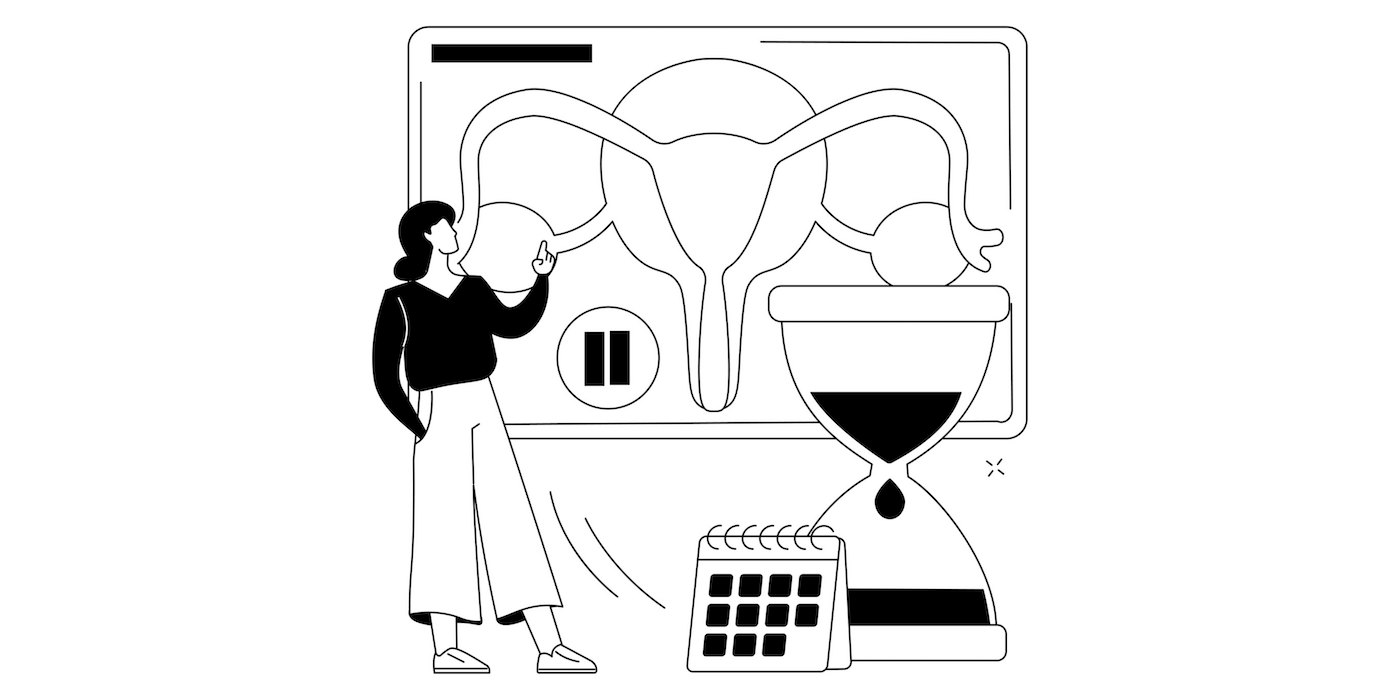understanding the root cause of night sweats
in fact, prior and her colleagues in obstetrics and gynecology at peking union medical college in beijing reviewed studies focusing on vasomotor symptoms and discovered new evidence on what’s really behind hot flashes and night sweats.
it turns out they’re triggered, not by low estrogen levels, but by a sudden decrease in estrogen – from very high to normal, or from normal to low – all stemming from a brain that has gotten “addicted” to high estrogen levels.
the team published
the findings in 2020 in drug discover today: disease models, suggesting a “paradigm shift” in how these symptoms are perceived by the medical community is needed. they also looked at cases where stopping estrogen therapy can create a rebound effect where women find their hot flashes and night sweats actually get worse.
“when doctors prescribe estrogen therapy for hot flashes, rarely is a woman told that when she eventually gets over her hot flashes and night sweats and stops her estrogen treatment, they may suddenly get much worse,” prior said.
the effect of progesterone on night sweats
how progesterone reduces night sweats and hot flashes isn’t fully understood right now. prior’s theory is that it helps calm the brain. many of the brain chemicals released in a hot flash are stress-type hormones. the most significant stress hormone is norepinephrine, one of the “fight or flight” hormones that the brain makes as well as the adrenal glands (that fire up adrenaline). studies in rats show that when brain norepinephrine is increased, it causes the temperature where an animal is comfortable (not sweating or shivering) to become very narrow, she explains.
 10 minute read
10 minute read









